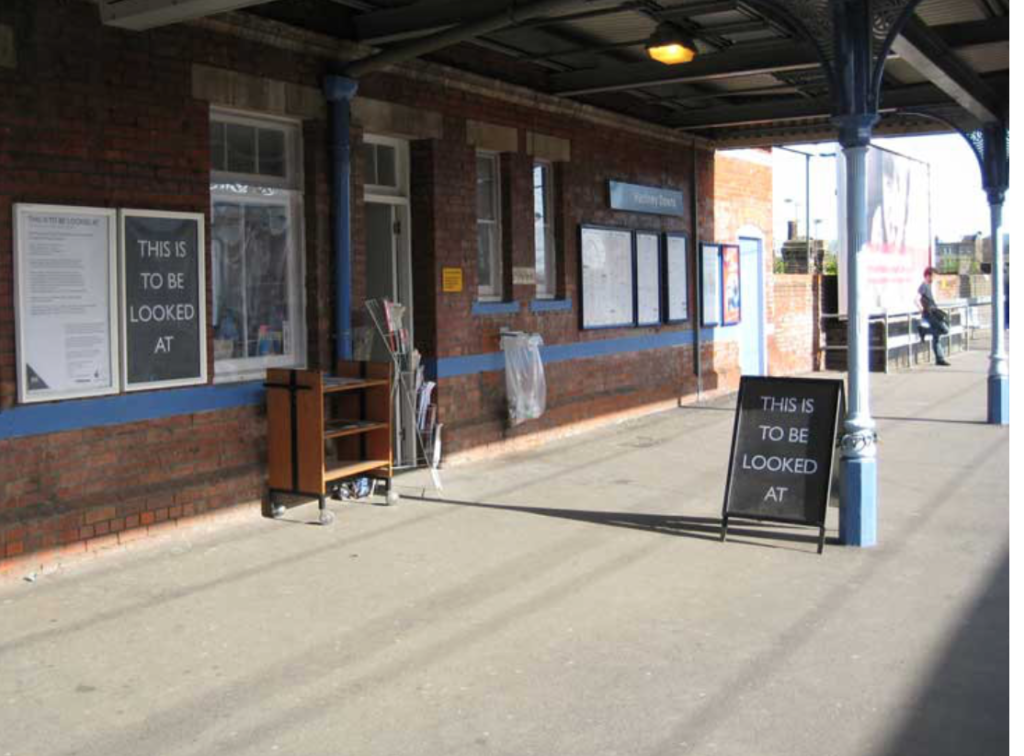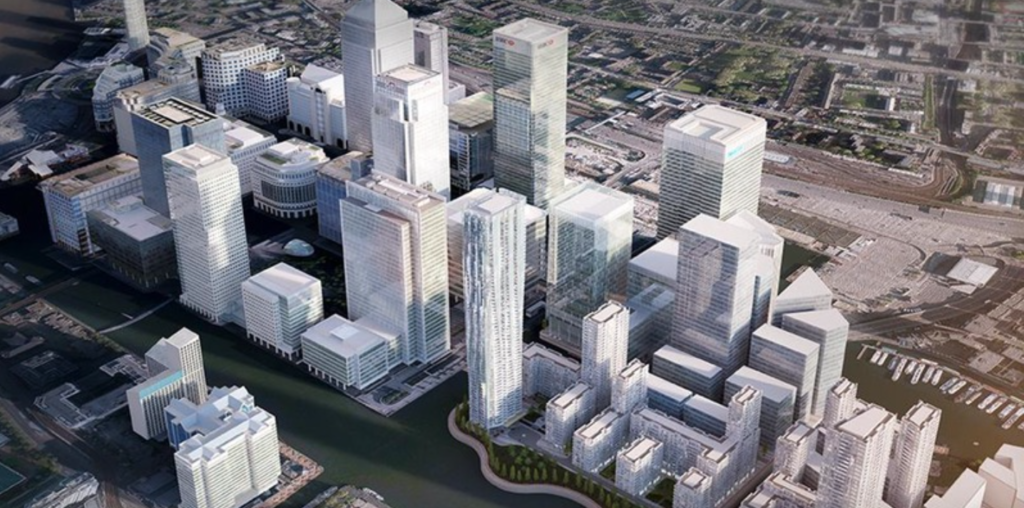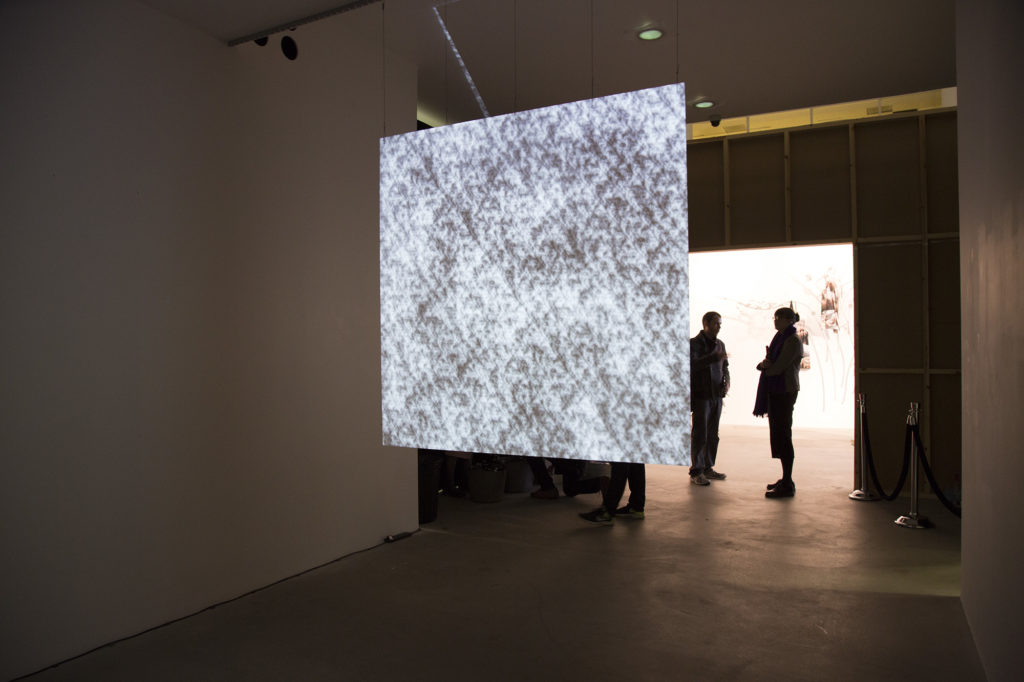Art World
London Artists and Curators Reclaim the City Through Unlikely Exhibition Spaces
Banner Repeater, Slate Projects, and ANGL are leading the way.

Banner Repeater, Slate Projects, and ANGL are leading the way.

Caroline Elbaor

As London’s exorbitant rents continue to rise and the city’s borders expand to accommodate those whose budgets can’t meet demands, curatorial initiatives and artists find themselves questioning the urban space via the exhibition space, making their mark through the use of nontraditional venues.
In their recent exhibition “A Place For You To Dream,” up-and-coming curatorial collective ANGL—which was selected by apexart to organize a show in New York City for the organization’s 2018 season—brought together the work of four emerging artists in a high-rent office space to highlight the disparity between (or merging of) the increasingly elite urban work versus living places.
Situated on the ground floor of a glossy, high-rent office building just outside Canary Wharf, the exhibition’s location is somewhat off-the-radar of London’s typical gallery neighborhood.
It’s fitting that the artists included—Max Colson, Katy Connor, Laura Yuile, and Felicity Hammond (winner of the 2016 British Journal of Photography International Photography Award)—are young, on-the-cusp, and London-based (with the exception of Connor, who resides in Bristol). They too are members of this majority that cannot afford the seeming “dream” spaces of the city in which they’re dwelling in.

East India Docklands, London, where “A Place For You To Dream” is staged. Courtesy ANGL Collective.
“You’re in this tacky office space complete with marble floors, glass elevators and fake plants. So the space felt really perfect in making the exhibition site-specific,” ANGL member Brenda Guesnet said in a conversation with artnet News.
“We found out online that this development company was offering gallery space free of charge inside a building that was undergoing regeneration, and we thought that would be a way more suitable and poignant setting than, say, a small project space in South East London,” Guesnet said.

Installation View, “A Place For You To Dream.” Image Courtesy Felicity Hammond and ANGL Collective.
The trend seems to be picking up steam in the UK’s capital. Artist Ami Clarke of Banner Repeater famously took over an empty room in the East London Hackney Downs train station in 2010, refashioning it into an experimental project space and reading room, which was later hailed by mega-curator Hans Ulrich-Obrist as one of “the best modern art spaces” in the city.
The project space is “driven” by its location on Platform 1 of the station, gathering foot-traffic from the over 4,000 passengers who pass through Hackney Downs daily. Though now supported by the Arts Council England, the Elephant Trust, and the British Council—among others—Banner Repeater’s initial funding came from a grant from the Empty Shop Fund, Arts in Empty Spaces, Hackney Council.
Slate Projects, which recently expanded its reach to New York City, based its nomadic curatorial program out of various London locations, including old factories and former mansions. Founder Alex Meurice works with artist-duo We Are Visual to help execute this vision.

Rory Menage, Torso Study I (Female), Averard Hotel, May 2016.
“We Are Visual create spatial interventions in order to open debates about subcultural, collective and alternative forms of living as ‘informal-urban-development’ or ‘DIY urbanism’. In the form of artefacts, performances and installations, they transcribe these forgotten spaces into the exhibition space,” said Meurice of the ongoing collaboration.
Slate Projects’ London exhibitions included “From Centre,” housed in The Loud & Western Building, a former laundromat in Fulham. A string of shows took place at the Averard Hotel, a dilapidated mansion in Lancaster Gate. The reception rooms played host to solo shows, whereas a group show took place in the old ballroom.
Even big names are in on the buzz. Turner Prize-winning architecture collective Assemble initiated “The Cineroleum,” whereby they converted a former London petrol station into a movie theater. The project was billed as “an experiment in the potential for the wider re-use of the UK’s 4,000 empty petrol stations.”